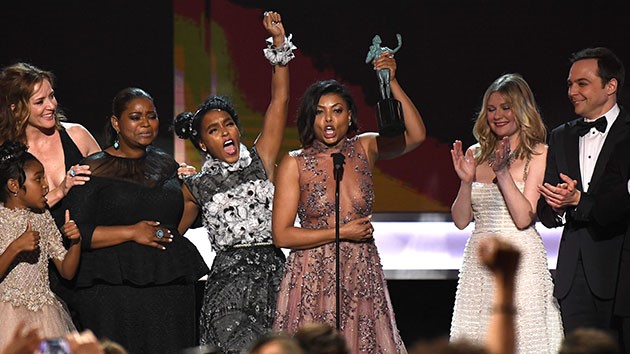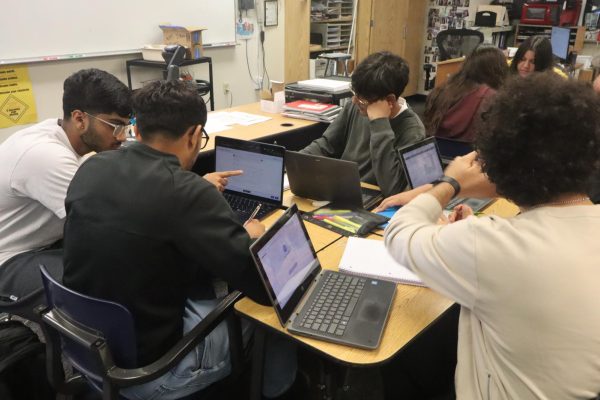The power of diversity on the big screen
Last year, the trending hashtag #OscarsSoWhite dominated social media outlets on the internet over the controversial issue of limited diversity in the 2016 Oscar movie nominations. And with these distinct racial pressures, these stereotypes, labels and molds, constraining entertainers from all different backgrounds and cultures, the call for a broader range of representation has hit the media fast and hard. This realization has ushered in a new theme in recent films that has reached out to all audiences: embracing diversity. 2017 has received a massive wave of variance in recent movies that are making a name for themselves, and people love it.
2017 Oscar nominations have shown a variety of possibilities that reach from well-known productions to independent films that showcase the successes of African-American actors and actresses in movies. This year, seven actors of color nominated were for varying accolades, the most nominations there have ever been for African American actors and actresses in Oscar history: Denzel Washington and Viola Davis for Fences, Ruther Negga for Loving, Mahershala Ali and Naomie Harris for Moonlight, Octavia Spencer for Hidden Figures and Dev Patel for Lion. Barry Jenkins, director of Moonlight, became the first African American to be nominated for best director, best adapted screenplay and best picture in the same year and Joi McMillon, Moonlight’s co-editor, also became the first African American to be nominated for achievement in film editing.
The true story of Loving stars Ruth Negga and Joel Edgerton as Mildred and Richard Loving, an interracial couple who are forced to defend their love in the tense and prejudiced atmosphere of 1950’s Virginia. The unique story tells the tale of their marriage as they battle social discrimination and racial injustice to prove that love conquers animosity.
The life of Chiron, an African American man in a rough neighborhood in Miami, is portrayed by Ashton Sanders in the film, Moonlight. Split into three time periods- Little, Chiron and Black- Chiron navigates through a ruthless world abundant with drugs, crime and hate. This emotional and raw story of a boy only trying to find his place in an atmosphere that only wants to drag him down shows how your experiences make you who you are, and how humanity, no matter how compassionate or cruel it may be, ultimately shapes our lives.
Hidden Figures, starring Taraji P. Henson, Octavia Spencer and Janelle Monáe, describes another true story, one of intelligence, diligence and hope. In this film, three African American female mathematicians prove to the world that neither the racial nor gender restraints of 1926 would hold them back from their goals. From intellectual ignorance in the workplace to the degradation of coffee pots labeled “Colored,” it is clear to see the sharp distinctions that prevent these women from displaying their full potential, but once these barriers are taken down, their brilliance and determination ensure the success of the first launch of a man in space.
“This movie is about unity. This movie is about what happens when we put our differences aside and we come together as a human race. We win. Love wins,” said Henson as the cast of Hidden Figures took home the 2017 Screen Actors Guild Award for outstanding performance by a cast in a motion picture. Henson’s words apply not only to Hidden Figures, but to our everyday lives. These recent movies produced to showcase and embrace the diversity in the media have powerful influence on the masses; they show the promise of strength and the resilience of hope from a group of people that broke the constrictions of social pressure and inequity. The presence of colored actors and actresses in these vehement films has empowered our generations and inspired them to defy these strictures that disable their dreams. These films display work ethic and cultural pride, visual representations that equip us and all of those around us with a drive to surpass social limitations. And whether it be racial, gender, socio-economic, religious or any other stereotypes that prevent communities of people from accessing their ambitions, these barriers were meant to be broken and be used as stepping stones on a journey to become something greater.






